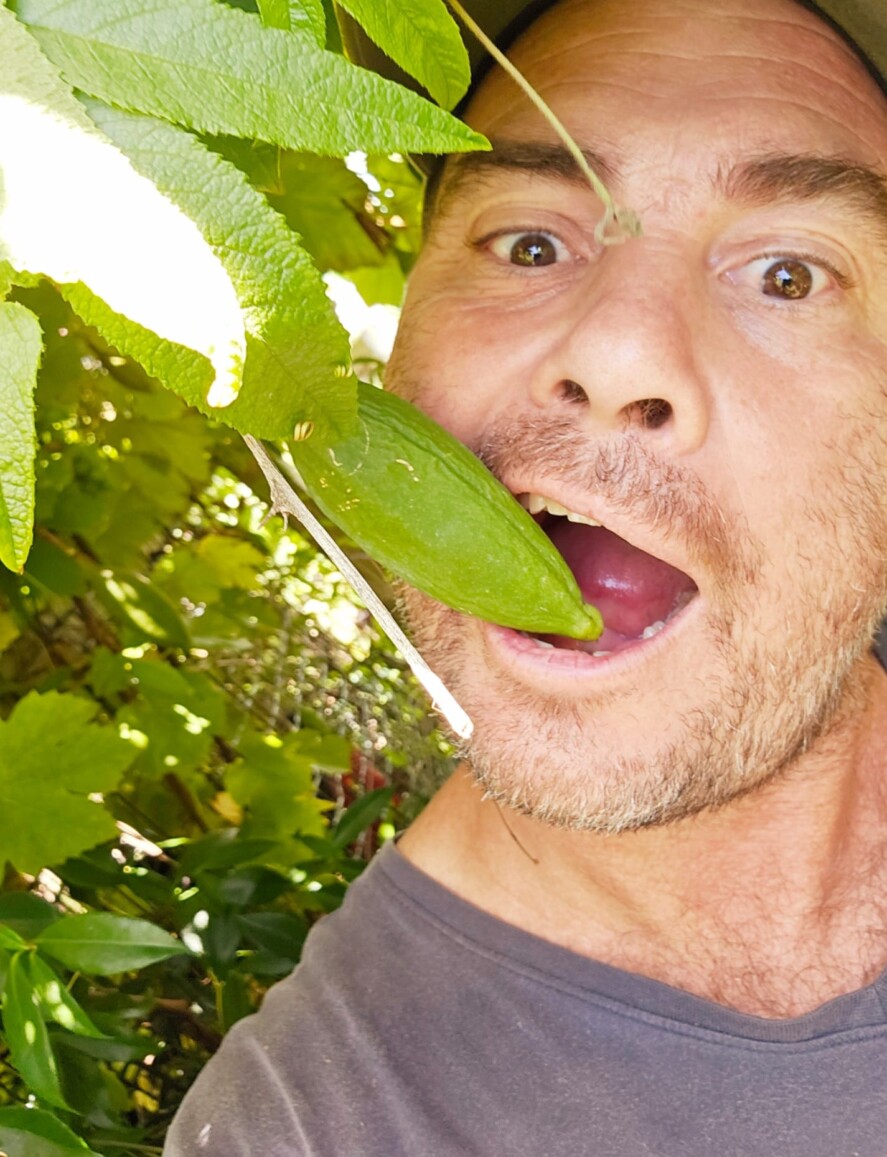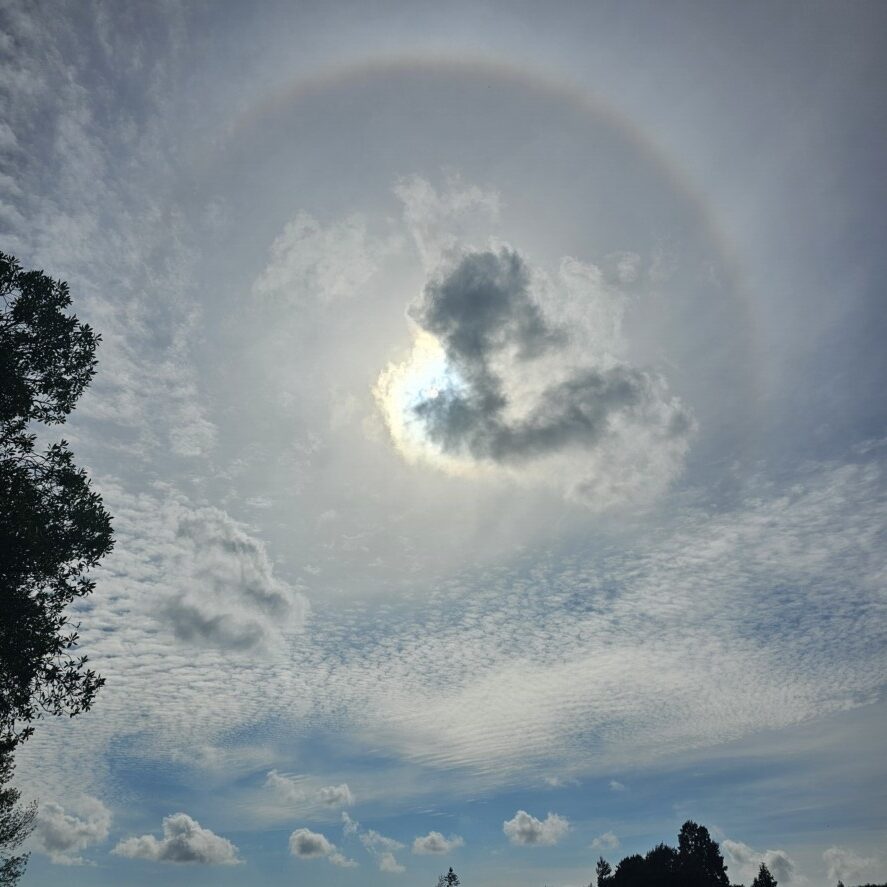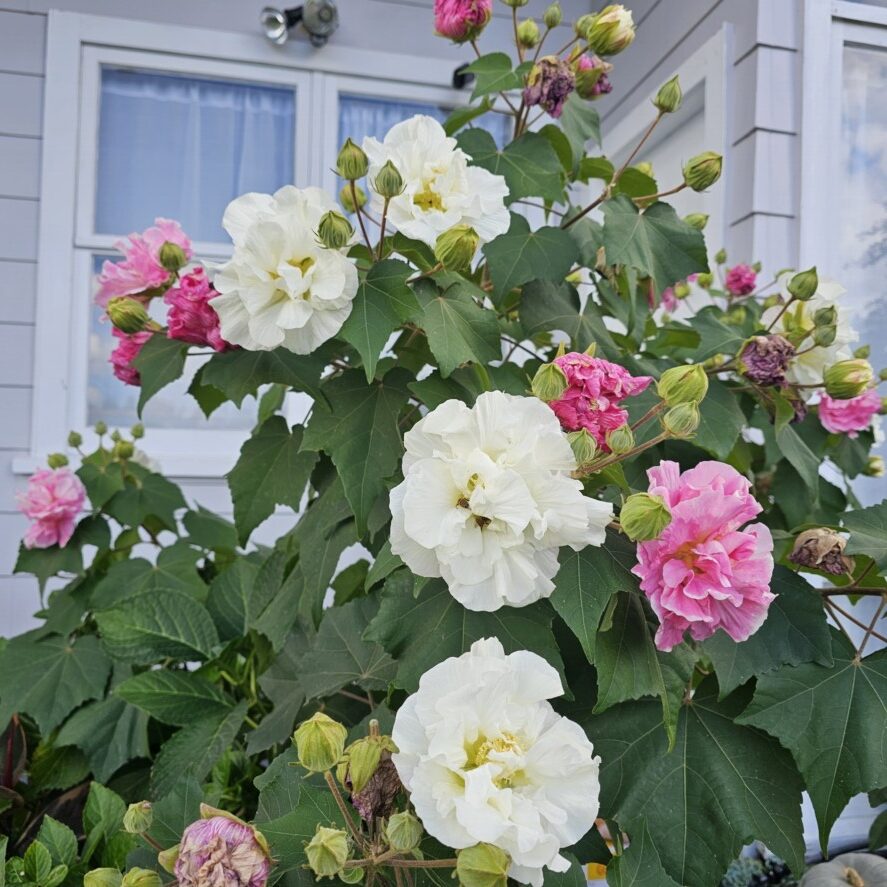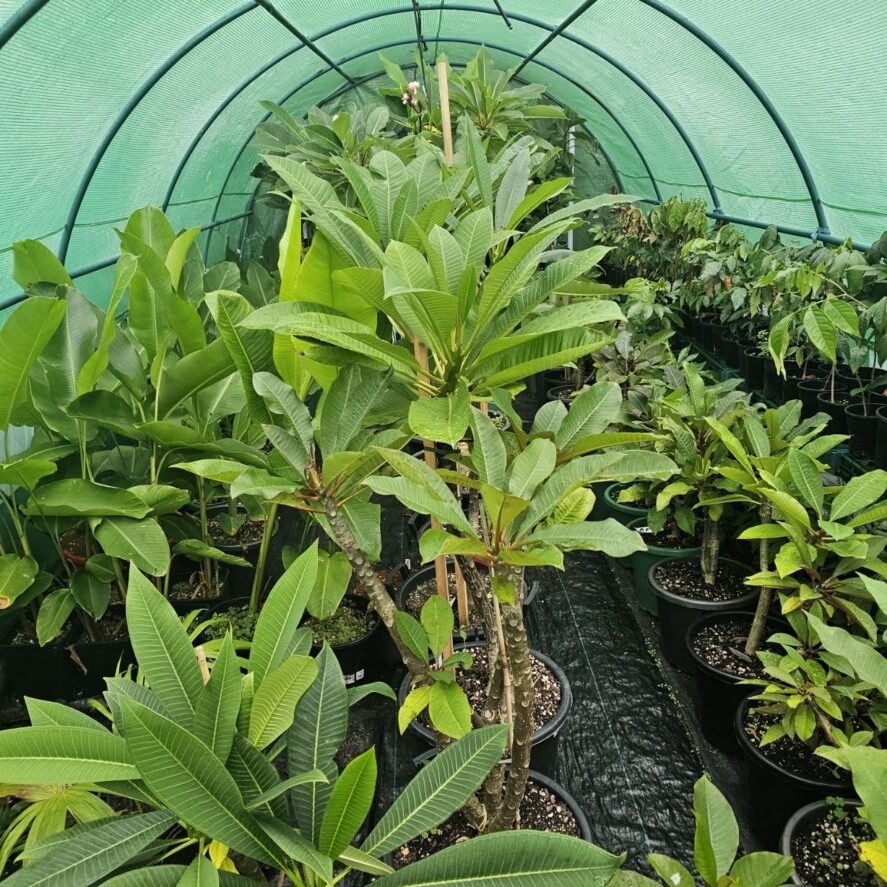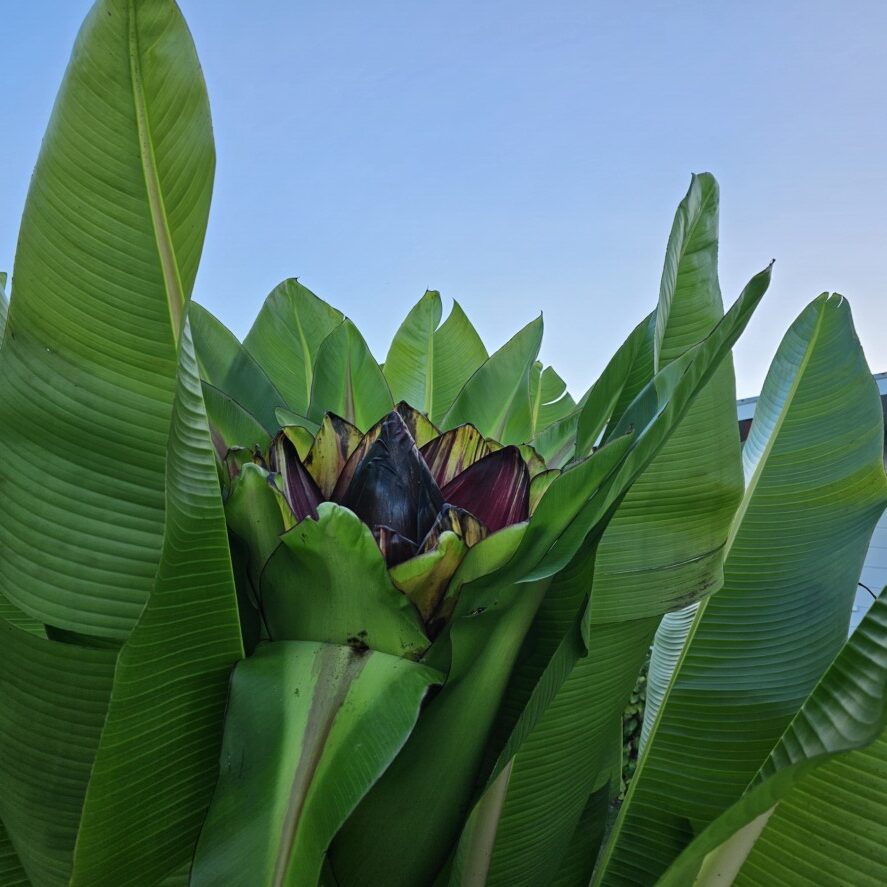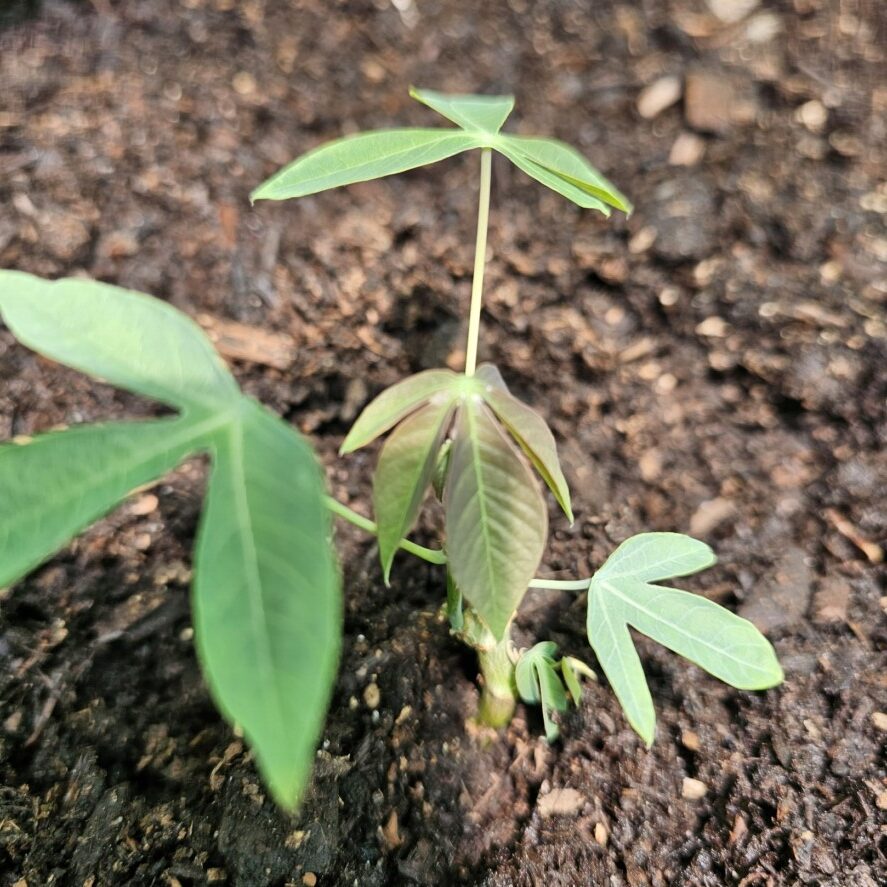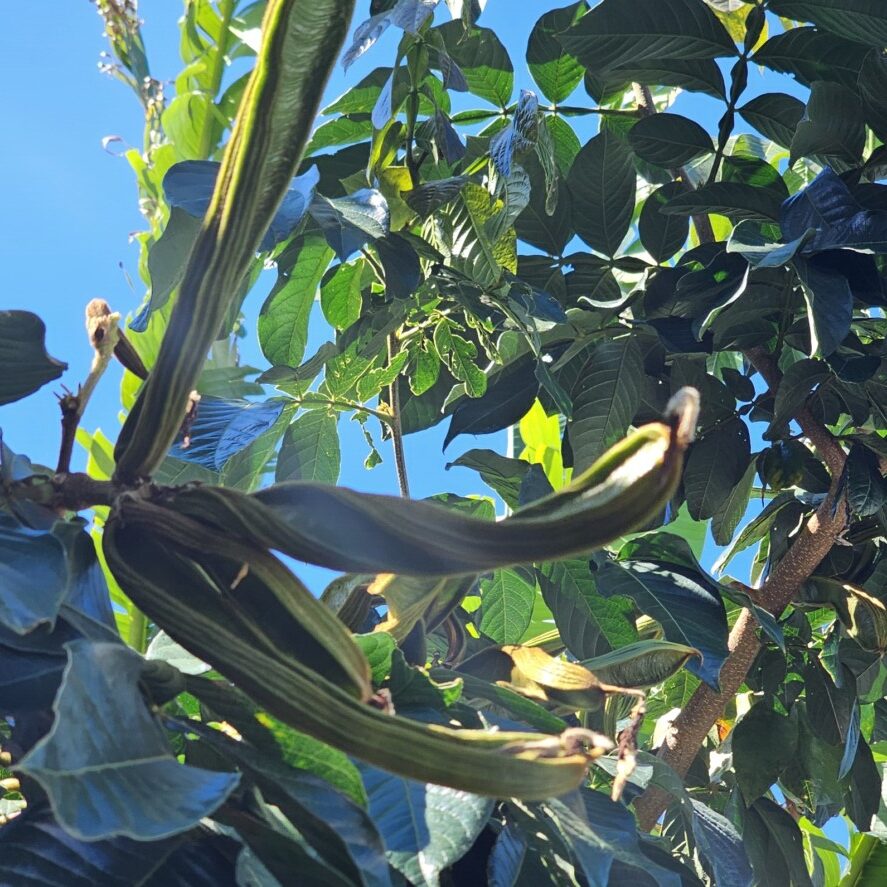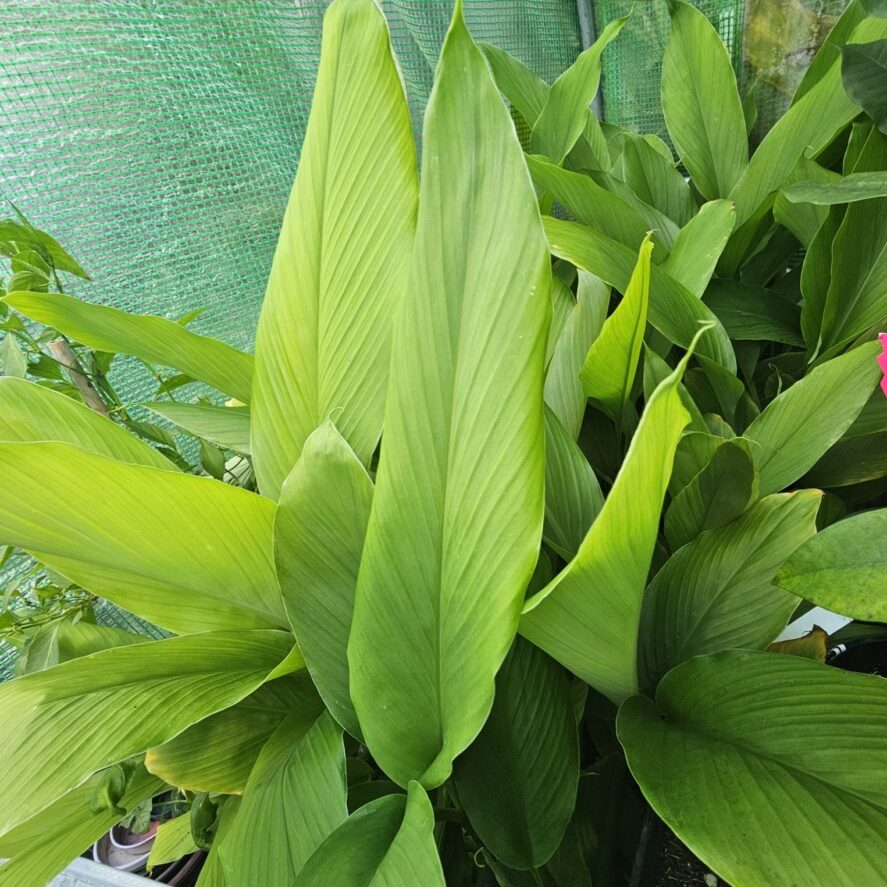-
Troppo Plant & Garden Articles
- Te Puke Region
- TROPPO’s Food Forest in Te Puke, BOP (www,foodforest.org.nz)
- Troppo’s Plant Collection
- TROPPO's Nursery Directory
- Food Forests of New Zealand (www.foodforests.nz)
- Nursery Map - Plant Suppliers of NZ Directory (www.nurserymap.nz)
- Kids Garden Corner
- New Zealand Garden Bird Survey
- New Zealand Garden Groups
- Delicious Recipes
Gardening Checklist for May in New Zealand
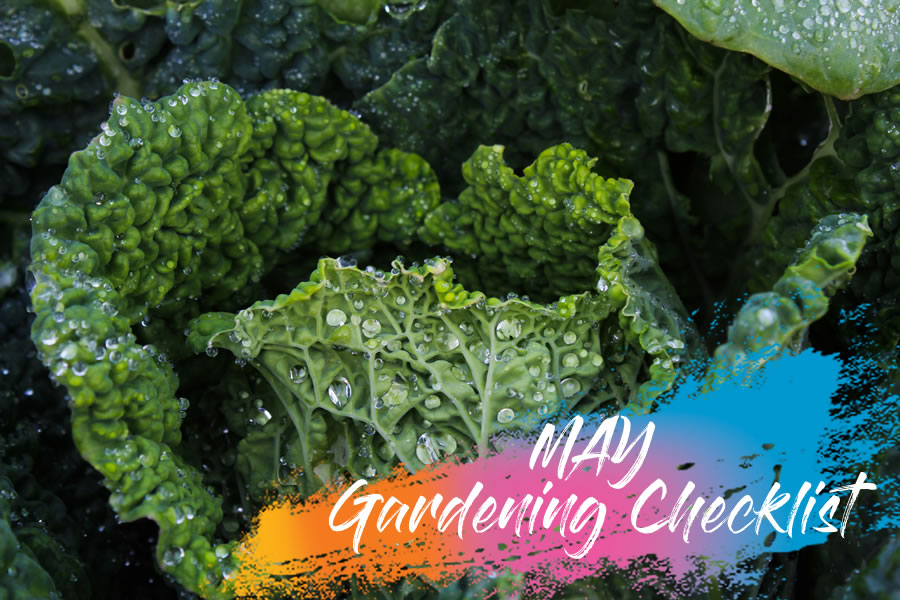
May marks the beginning of late autumn in New Zealand, and it’s time to prepare your garden for the upcoming winter months. Here’s a comprehensive checklist to help you keep your garden in top shape during May.
General Garden Maintenance
- Weeding: Regularly remove weeds to prevent them from competing with your plants for nutrients and water.
- Mulching: Apply a thick layer of mulch around plants to conserve moisture, suppress weeds, and insulate roots from cold temperatures.
- Cleaning: Clean up fallen leaves and plant debris to prevent pests and diseases. Add healthy organic matter to your compost pile.
- Tool Maintenance: Clean and sharpen garden tools to keep them in good working condition for winter pruning and other tasks.
Vegetable Garden
- Planting: Sow seeds for winter vegetables such as garlic, onions, shallots, and broad beans. Transplant seedlings of cabbage, cauliflower, broccoli, and spinach.
- Harvesting: Harvest remaining summer crops such as tomatoes, peppers, and pumpkins before the first frost.
- Cover Crops: Sow green manure crops like lupins, mustard, or oats to improve soil health and fertility for the next growing season.
- Fertilizing: Apply a balanced organic fertilizer to winter vegetables to support their growth during the cooler months.
Fruit Garden
- Pruning: Prune deciduous fruit trees such as apples, pears, and stone fruits once they have dropped their leaves. Remove dead, diseased, or crossing branches to improve airflow and shape the tree.
- Mulching: Apply mulch around the base of fruit trees and bushes to retain moisture and protect roots from frost.
- Planting: May is a good time to plant new fruit trees and bushes. Ensure they are well-watered and mulched to help them establish before winter.
- Netting: Protect late-ripening fruits from birds by covering trees and bushes with netting.
Flower Garden
- Planting: Plant winter and spring-flowering bulbs such as daffodils, tulips, crocuses, and hyacinths. Also, plant winter annuals like pansies, violas, and primroses for color during the colder months.
- Pruning: Prune roses and other deciduous shrubs after they finish blooming to shape them and remove dead or diseased wood.
- Deadheading: Remove spent flowers from perennials and annuals to encourage more blooms and maintain a tidy appearance.
- Dividing: Divide and replant overcrowded perennials such as irises, daylilies, and hostas.
Lawn Care
- Mowing: Continue to mow the lawn, but gradually raise the mower height to leave the grass slightly longer for winter protection.
- Feeding: Apply a slow-release autumn lawn fertilizer to strengthen the grass and prepare it for winter.
- Aerating: Aerate the lawn to improve drainage and reduce compaction, especially in areas with heavy foot traffic.
- Weeding: Remove weeds manually or use a selective herbicide to keep the lawn looking its best.
Container Gardening
- Watering: Check container plants regularly and water as needed, ensuring the soil is not waterlogged. Reduce watering frequency as temperatures drop.
- Feeding: Use a slow-release fertilizer or liquid feed for container plants to support their growth during the cooler months.
- Protection: Move containers to sheltered spots to protect plants from frost and cold winds. Use frost cloth or covers if necessary.
- Re-potting: Re-pot container plants that have outgrown their pots or need fresh soil.
Herb Garden
- Harvesting: Harvest herbs such as basil, parsley, and mint before the first frost. Dry or freeze herbs for winter use.
- Protection: Move tender herbs like basil and rosemary indoors or to a greenhouse to protect them from frost.
- Planting: Plant cold-hardy herbs such as thyme, sage, and oregano in the garden or containers.
Conclusion
By following this comprehensive gardening checklist for May, you can keep your garden healthy and well-maintained throughout the late autumn months in New Zealand. These tasks will help prepare your garden for winter and ensure a beautiful and productive garden year-round. Happy gardening!

